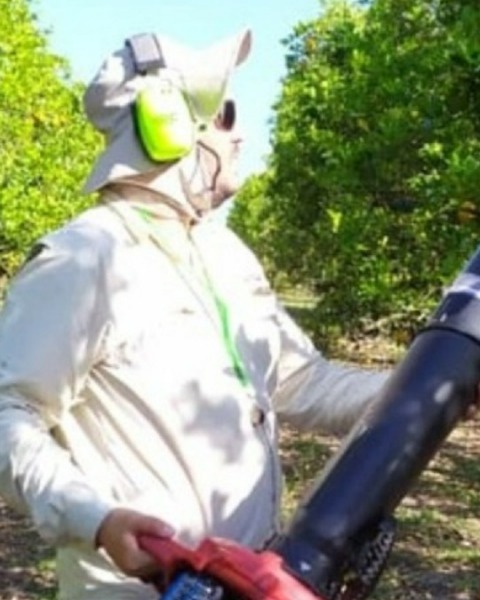P-IE
10-Minute Paper
10-min: P-IE, Biocontrol
Evaluation of green lacewings in the IPM programs for Diaphorina citri
On-Demand

Gabriel Rodrigo Rugno
UF / IFAS - Southwest Florida Research and Education Center
Lehigh Acres, Florida- JQ
Jawwad A. Qureshi
University of Florida
Immokalee, Florida
Presenting Author(s)
Co-Author(s)
Diaphorina citri, also known as Asian citrus psyllid (ACP), is the key pest of citrus worldwide and in the USA. Several predators, including lacewings, are important for controlling D. citri. We monitored and identified the lacewing species in four Integrated Pest Management (IPM) programs implemented for controlling D. citri in Valencia orange; studied the development of the common species on D. citri nymphs; and evaluated their tolerance to imidacloprid. Lacewing adults were collected from all programs during 2019 and 2020. Ceraeochrysa cubana was common in all programs and the most abundant species at 78% of the collected adults, followed by Ceraeochrysa claveri at 4%, and Chrysoperla rufilabris at 2%. There were 16% unidentified specimens. On the developing colonies of D. citri nymphs in the field, 75% larvae of the C. cubana and 65% for C. claveri developed to adulthood, compared with 35% and 45% on the eggs of Ephestia kuehniella under the same conditions. In the laboratory, C. cubana larvae were more tolerant to imidacloprid than C. claveri. Ceraeochrysa cubana seems to have a significant potential to be used in biological control against D. citri.

